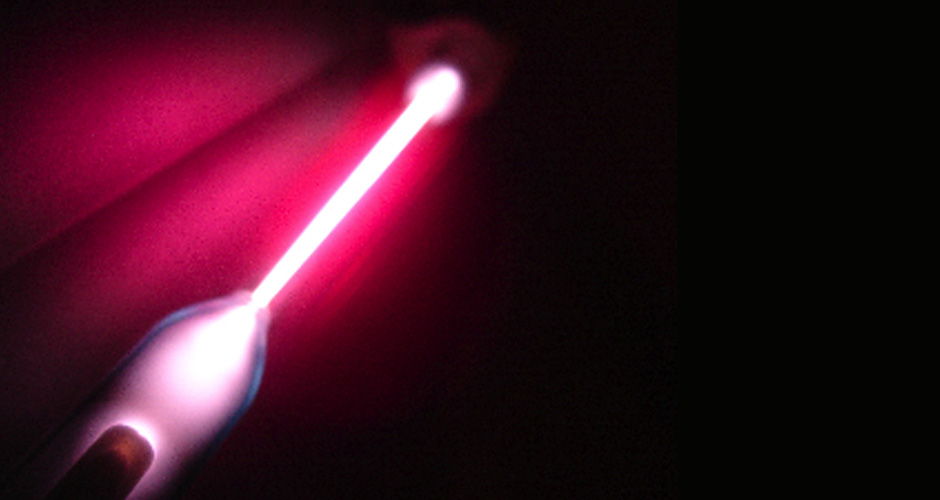Laser Dentistry
A laser is an instrument that produces a very narrow, intense beam of light energy. When laser light comes in contact with tissue, it causes a reaction. The light produced by the laser can remove or shape tissue, reduce the discomfort of canker and cold sores, perform biopsy procedures, remove inflamed gum tissues and aid in the treatment of gum disease, and much more.
Our doctors are trained and certified to use this revolutionizing technology to provide you treatments with higher standard of care, with better results than those using traditional methods, faster healing times, and with less overall discomfort.
Gummy Smile Treatment (Gingivectomy)

Compared to traditional surgical techniques, this procedure can now be done without scalpel or sutures, establishing ideal tissue architecture without post operative shrinkage. Final impressions for restorations can be completed in the same appointment, leading to predictable results time after time.
Perio (LAPT)

Laser assisted periodontal therapy (LAPT) improves phase I periodontal therapy and is used as an adjunct to traditional scaling and root planning in order to reduce pocket depths. A diode laser allows for a non-surgical approach, gaining easier access to deeper calculus deposits after ablation of diseased epithelium and hemorrhage control. Laser energy selectively targets only darker, necrotic tissue and leaves healthy tissue alone, allowing for better healing and results.
Frenectomy

A diode laser allows for bloodless and suture-free release of the maxillary and/or mandibular frenums. This procedure prevents the apical migration of gingival marginal tissue, improves access for oral hygiene, and can help close orthodontic diastemas and impaired speech.
Operculectomy

A diode laser allows for easy removal of redundant soft tissue distal to posterior molars. The chronic recurrence of pericornitis, significant periodontal probing depths or pseudo-pockets can be easily managed with this procedure.
Key benefits of laser dentistry
- Procedures performed using soft tissue dental lasers may not require sutures (stitches).
- Certain laser dentistry procedures do not require anesthesia.
- Laser dentistry minimizes bleeding because the high-energy light beam aids in the clotting (coagulation) of exposed blood vessels, thus inhibiting blood loss.
- Bacterial infections are minimized because the high-energy beam sterilizes the area being worked on.
- Damage to surrounding tissue is minimized.
- Wounds heal faster and tissues can be regenerated.
Other Procedures
- Laser troughing for taking perfect impressions for crown instead of the traditionsl "packing cords" approach
- Easy and safe removal of excessive gingival tissue around the implant that might otherwise interfere with proper seating at the implant/retainer interface.
